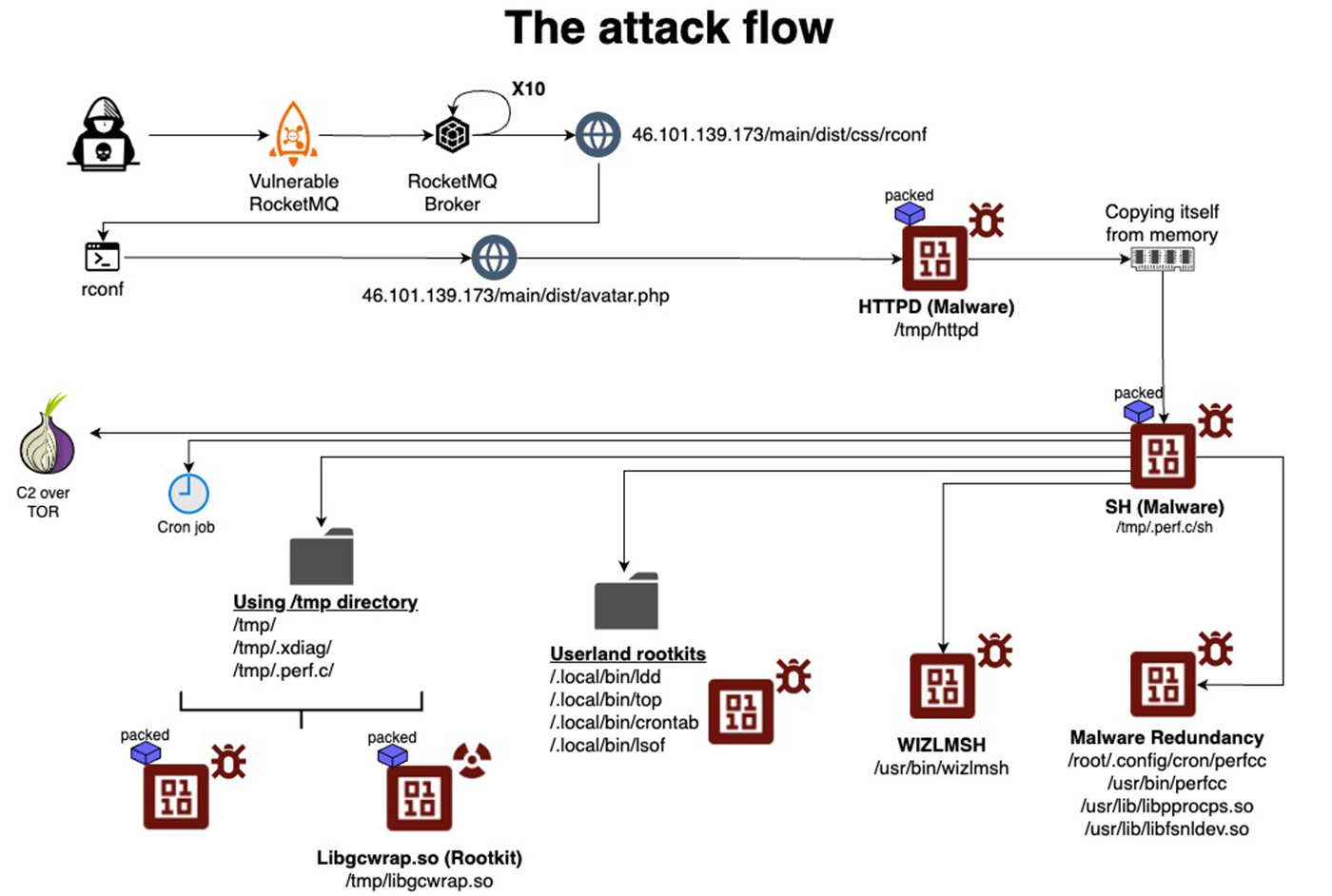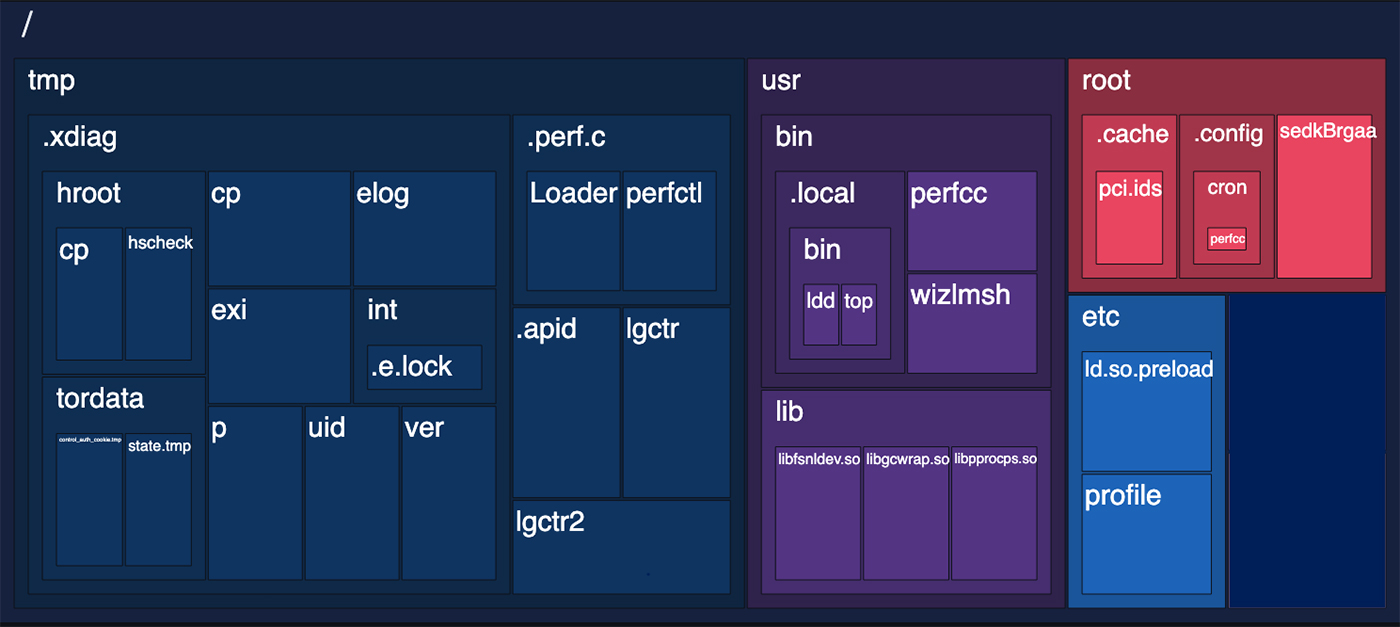Thousands of machines running Linux have been infected by a malware strain that’s notable for its stealth, the number of misconfigurations it can exploit, and the breadth of malicious activities it can perform, researchers reported Thursday.
The malware has been circulating since at least 2021. It gets installed by exploiting more than 20,000 common misconfigurations, a capability that may make millions of machines connected to the Internet potential targets, researchers from Aqua Security said. It can also exploit CVE-2023-33246, a vulnerability with a severity rating of 10 out of 10 that was patched last year in Apache RocketMQ, a messaging and streaming platform that’s found on many Linux machines.
Perfctl storm
The researchers are calling the malware Perfctl, the name of a malicious component that surreptitiously mines cryptocurrency. The unknown developers of the malware gave the process a name that combines the perf Linux monitoring tool and ctl, an abbreviation commonly used with command line tools. A signature characteristic of Perfctl is its use of process and file names that are identical or similar to those commonly found in Linux environments. The naming convention is one of the many ways the malware attempts to escape notice of infected users.
Perfctl further cloaks itself using a host of other tricks. One is that it installs many of its components as rootkits, a special class of malware that hides its presence from the operating system and administrative tools. Other stealth mechanisms include:
- Stopping activities that are easy to detect when a new user logs in
- Using a Unix socket over TOR for external communications
- Deleting its installation binary after execution and running as a background service thereafter
- Manipulating the Linux process pcap_loop through a technique known as hooking to prevent admin tools from recording the malicious traffic
- Suppressing mesg errors to avoid any visible warnings during execution.





 Loading comments...
Loading comments...

If for the sake of argument we assume the people who created Perfctl have "better" exploits in their pocket, why expend them when a lesser exploit works? Save the good stuff for when you find yourself in something like a corporate database server, don't risk exposing it unnecessarily in some dude's vanity website.